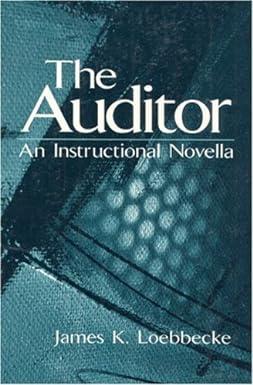Question
The Lawn Company provides commercial landscaping services in San Diego. The firm's owner wants to develop cost estimates that she can use to prepare bids
The Lawn Company provides commercial landscaping services in San Diego. The firm's owner wants to develop cost estimates that she can use to prepare bids on jobs. After analyzing the firm's costs, she has developed the following preliminary cost estimates for each 1000 square feet of landscaping: Direct Materials $390 Direct Labor (5 hours at $11 per hour) $ 55 Overhead ($18 per direct labor hour $ 90 Total cost per 1000 square feet $535 She is quite certain about the estimates for direct materials and for labor. However, she is not as comfortable with the overhead estimate. The estimate of $18 per direct labor hour was determined by dividing the total overhead for the 12-month period ($1,296,000) by the total direct labor hours (72,000). By using a regression of overhead on direct labor hours the following cost formula was obtained: Overhead = $52,400 + $9.25 DLH How to calculate a bid for a 50,000 square feet project under both cost formulas Which one would you recommend to be used for the project If management does not feel comfortable with the fixed/variable cost relationship that currently exists, could she do something about it? Come up with a managerial recommendation on how to deal with this situation? How far can a manager go into changing the microeconomics of a firm (i.e. Fixed to Variable costs ratio). Is there an industry effect that determines that ratio? Amazon's Inc. success can hardly be questioned. How does Amazon's strategy relate to this question?
Step by Step Solution
There are 3 Steps involved in it
Step: 1

Get Instant Access to Expert-Tailored Solutions
See step-by-step solutions with expert insights and AI powered tools for academic success
Step: 2

Step: 3

Ace Your Homework with AI
Get the answers you need in no time with our AI-driven, step-by-step assistance
Get Started


